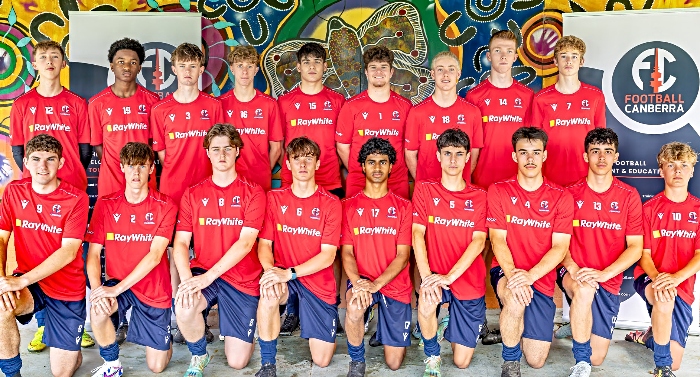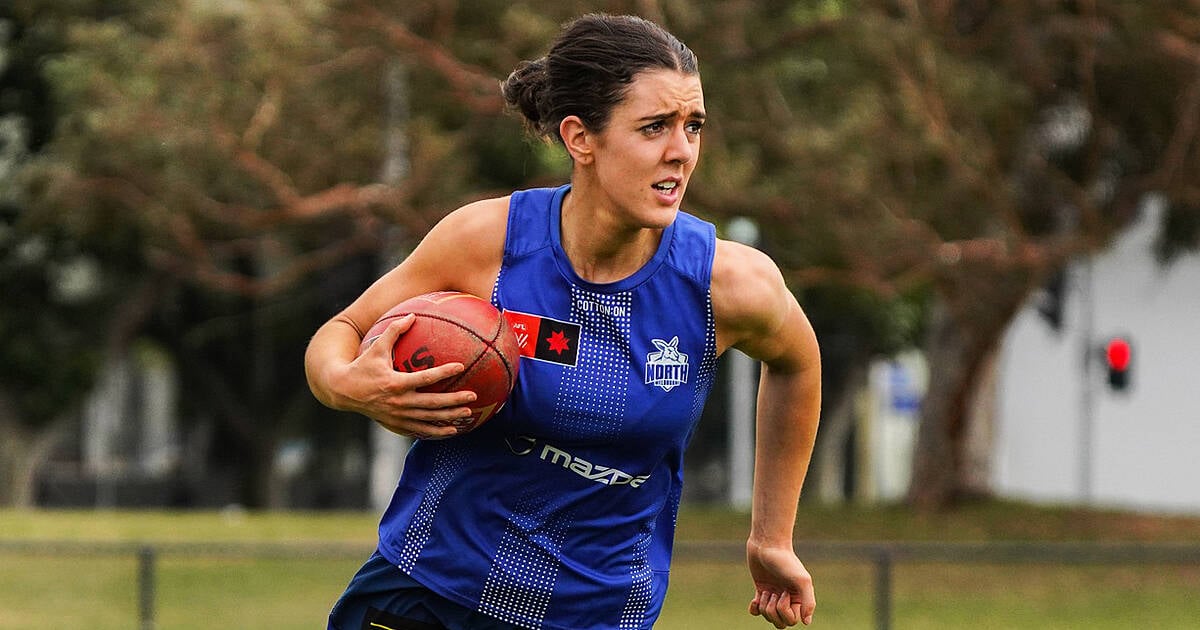Jason Dunstall was the most unlikely champion but became more than a legend

- by Admin
- August 14, 2024

Some superstars had the most inauspicious start to their football careers. Tony Lockett was a stick-thin asthmatic who used callipers to walk. Gary Ablett turned up to Geelong in an unregistered HT Holden with a lot of baggage. Jason Dunstall, who turns 60 today, was perhaps the most unlikely champion of them all.
Dunstall wasn’t particularly tall and came last in all the running drills. At first, they played him in a back pocket in the reserves. “We were thinking – this bloke can’t play at all,” Peter Schwab told Tony Wilson in his book, 1989 – The Great Grand Final.
But Dunstall’s unique strengths were identified and nurtured and he ended up being the 32nd man inducted as a Legend into the Australian Football Hall of Fame. There were so many cyclonic personalities who burst on to the scene during his career – Capper, Modra, Wheildon, Adrian McAdam, Allen Jakovich. But Dunstall outlasted them all. Dunstall was the one you could bank on. Dunstall was the one you could build a team around.
Gerard Whateley and Shannon Gill do a wonderful historical segment on SEN every Thursday, and they recently devoted an hour to the Hawthorn champion. What sometimes gets lost is that Dunstall had a lot of bad luck along the way, and could easily have kicked 100 goals eight years in a row.
What’s more, a lot of Dunstall’s best football came after the premierships – when Hawthorn was broke, when the talent had drained and when the club was close to merging. The hairline receded, the knee brace appeared and the fast twitch fibres deserted him. But if anything, his forward craft improved. He was so strong in the glutes and chest. A nudge of the backside and he could still hold his ground. And he was such an unselfish footballer. He chased, tackled and dished off certain goals. That was almost unheard of from full forwards of the era.
Gideon Haigh once wrote of Glenn McGrath that “he brought to fast bowling the philosophy of the Model T – mass deliveries just short of a length”. And it’s tempting to view Dunstall the same way – the lead, the chest mark, the uncomplicated run-up, the muted celebration. But he was more than a metronome. There was a guile to his game. He could gather a bobbling ball, turn a full-back inside out and curl goals from all angles. His last-quarter efforts in the 1991 grand final personify that, as does his goal of the year at the Western Oval.
You can’t examine his career and not mention the people further up the field. Darrin Pritchard and John Platten covered so many miles and their flat, low passes were made for full forwards. But Darren Jarman was something else altogether. His ball drop alone warrants its own column. He’d lope through the middle of the MCG looking like Zinedine Zidane. Without breaking stride, on either side of his body, he’d check and weigh his right-angled kicks. Dunstall would point to a spot, he’d take off, he’d laugh and Jarman would post it on his chest.
It’s also impossible to talk about Dunstall, and any forward of that era, and not talk about space. Dunstall had acres to operate in. He played every second week at Waverley, which was so vast, and almost impossible to defend. Not that opposition coaches were overly concerned with floods, or zones and extra numbers back. Indeed, as Dermott Brereton was writhing in agony early in the 1989 grand final, Geelong had a full four and half minutes to push players back. But Malcolm Blight, sucking on a dart and enquiring like Tony Soprano as to how his premeditated hit had gone down, was not one to entertain such options. And so, in a neat snapshot of 80s and 90s football, a green-gilled Brereton staggered to his feet, Hawthorn drove the ball forward, Dunstall marked in a one-on-one and the Hawks were up and away.
Brereton, who also turns 60 later this week, is as good a man as any to summarise the career of his former teammate, a man he has a strange and not exactly warm relationship with, but the utmost respect for. “If you wanted to play in a team and look back over your head and just applaud, you’d have Gary Ablett,” he told Mike Sheahan in 2012. “If everyone’s playing at their best, and you wanted a bloke one-off, to win one game, you go for Lockett. But if you want a man to play for your season, to rely on, to actually get to where you wanted to go, and to professionally do the job, it has to be Dunstall.”
Crunching the numbers
Sydney, Greater Western Sydney, West Coast, Port Adelaide and Geelong all overcame deficits at the final break to snatch victory in round 22.
Player to watch this week
Patrick Dangerfield, at the age of 34, is a footballer permanently on the verge of a career-ending, bone-separating hamstring injury. One instinctively grabs the back of the leg every time he sets off after a loose ball.
The Cats are incredibly cautious with him, as they were in 2022. But in a high-stakes game on Saturday, he was like a man possessed, even in the post-match interview. He racked up the most centre clearances he’s had since 2017, one of his best years, stood tall in the dying stages and was instrumental in sinking Fremantle to leave their season hanging by a thread.
From the archives
When I think of football in 1989, I think of mud. It was one of Melbourne’s wettest ever winters and the MCG was a quagmire. Tony Hall’s knee buckled in two feet of mud in a State of Origin game, while Gary Ablett would pluck – one-handed – mud-logged balls that must have weighed about 10 times their normal 46 grams.
“Grotesque men resemble gods when caked in it,” the poet Barry Dickins wrote. “Players dived into it like seals and pirouetted out of it like parrots.”
after newsletter promotion
They said what?
The young Hawk revealed his side’s mindset in a post-match interview with Triple M, after they crushed the Blues to climb into the top eight for the first time this season.
View from stands (or the couch)
“This game can be a bloody tough caper. About 10 operations, plates and screws, 15 odd cortisones, multiple stitches, four root canals from getting my teeth buckled in from Hodgey, and a whole heap of mental demons to navigate along the way.”
Essendon veteran and former skipper Dyson Heppell announces his retirement to teammates after playing for 14 seasons.
Which player has won the most VFL/AFL premierships? Bonus point if you know how many.
Answers in next week’s newsletter, but if you think you know it, hit reply and let me know!
Last week’s answer: Who was awarded the first Norm Smith Medal as best on ground in a VFL/AFL grand final? Wayne Harmes (Carlton, 1979)
Congratulations to Glen Beynon, who was first to reply with the right answer. But special mention to David Lobbezoo for pointing out that Harmes had a personal link to the medal as: “Norm Smith’s great nephew, and it was presented to him by Harmes’ great-aunt, AKA Norm Smith’s widow”.
Want more?
Even the deadest of rubbers delivered on a weekend that was difficult to make sense of as AFL football proved format tinkering is not required.
Got a story tip?
Reply to this email and drop me a line, or email fromthepocket@theguardian.com.
The Latest News
-
December 27, 2024Australia’s Scott Boland strikes late to heap pressure on India in fourth Test
-
December 27, 2024India lose five after Smith century puts Australia in charge of fourth Test
-
December 27, 2024Smith praises Konstas courage as Australia in command
-
December 27, 2024Tsitsipas looks for a fresh start at Aus Open following stagnant year – Neos Kosmos
-
December 27, 2024Run-out blunder, Smith century give Australia upper hand





